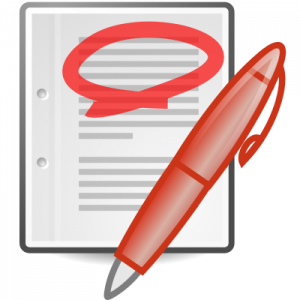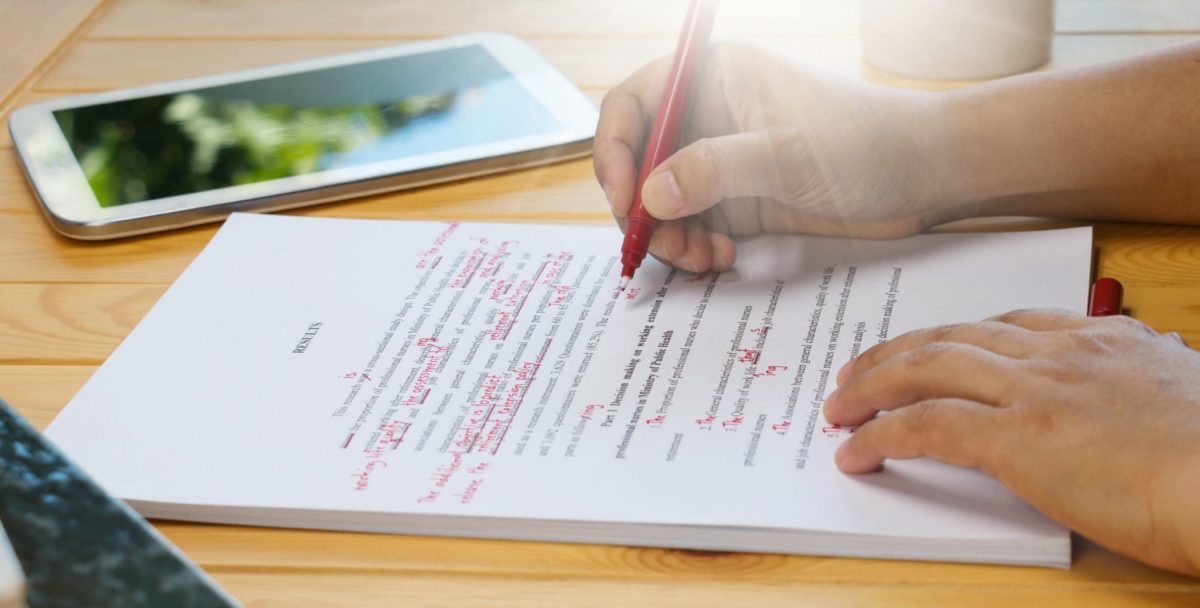Most don’t have the time, resources, or inclination to proofread, as it’s probably the least fun part of writing. But tedious as it is, it’s worth the effort.
In an ideal world, it would be great if copy was right first time, or if it could go through an in-house copywriter, but not everyone has these luxuries.
If you’re like me, you can spot a typo within a minute of looking at someone else’s work (hopefully not in this copy!), but find it harder to spot errors when you’re checking your own work.
To try and combat this, I tend to use a few techniques to ensure that my copy is (usually) completely error free. I know some people work better on screen while some work better looking at a hard copy, either way, I hope you find the following 22 tips useful!
Prepare mentally
First things first, proofreading requires patience and time, not to mention concentration. Make sure that you’re not tired, rushed, or distracted.
Get rid of distractions
Find me someone who can proofread effectively while on the phone.
Print it off
Even if you prefer working on screen, print it off as it can be easier to spot mistakes on paper.
Read it backwards
Working through your copy in reverse can help you see your words differently, so errors are more likely to stand out.
Use a red pen
Or a colour that isn’t black to clearly identify any mistakes.
Read aloud
Maybe go to a meeting room for this one, you don’t want your colleagues giving you funny looks. But it really works, especially when it comes to finding long and wordy sentences.
Come back to it later
Close down the copy and do something else for a few hours. When you come back to revisit it, you may be more likely to pick up on any mistakes.
Get some rest
Unless you’re on deadline, why not come back to it the next day? Chances are you’ll work better after a good night’s sleep. It’s important to give your eyes and mind a break from the document.
Proofread in the morning
Your brain is at its most alert in the morning. Set aside some quiet time first thing and get your proofing done when you’re ready to concentrate.
Make it bigger
Changing the size of your text, or zooming in, may make it easier to proofread. It makes you looks at the text differently. Changing the colour, font or line space can also help.
Check the It’s and Its
Some grammar police really pick up the correct use of possessives. Even if you know the difference, sometimes you may type the wrong thing anyway.
A checklist helps
Notice mistakes you repeatedly make? If so, stick them on a checklist you can refer to each time you proofread your work. Then double check your copy with these at the forefront of your mind.
Use spellcheck
Arguably the most useful tool, especially if you type quickly. Although it’s a great way to easily identify errors, we all know the spelling and grammar check in Microsoft Word isn’t completely fool proof, so don’t rely on it completely.
Make sure it’s the English (UK) version
Finalised does not have a Z in.
Get the tense right
Besides punctuation mistakes, take time to double check and review your work for consistent use of verb tenses. Past, present and future are easier than you think to mix up.
Do not forget punctuation
Focusing on the words and flow is fine, but do not neglect the punctuation. Capitalised names and missing commas are just as important.
Look for one thing at a time
Read through your copy a few times, looking for different things on each read. Spelling, then grammar, then all your titles, etc.
Double-check specific details
If you get a name or technical term incorrect, it can be rather embarrassing. Check the spelling of people’s names, is it Carly, Carlee, Carleigh, or Carley? Stuart or Stewart?
Same with brands, which are very easy to get wrong. Is it Word press, WordPress or Word Press? Don’t forget numbers, emails, links, technical terms, etc.
Don’t make any assumptions
If you’re not sure about something, look it up or leave it out.
Ask a friend
Ask a colleague to go through your document in as much detail as possible. You will be amazed at the mistakes you’ve missed. Do this after you’ve looked at it yourself, you don’t want people to do your work for you, or think you’re an awful writer.
One last glance
Do this to make sure all your punctuation is included, questions end with a question mark, and pieces of dialogue begin and end with quotation marks.
Hopefully you’ve found these points useful and you can apply them to your work. I’m seriously hoping there isn’t a mistake in this blog, but if there is, it brings me onto another point…
Don’t worry if it’s not perfect
Weigh up the benefit of taking three hours to proofread your work to perfection, compared to spending less time on it but there being a comma missing in a sentence
Have you found this article useful?
Get Team Hallam's expert advice and guidance straight to your inbox once a week.
